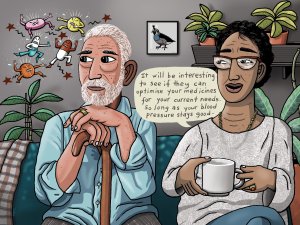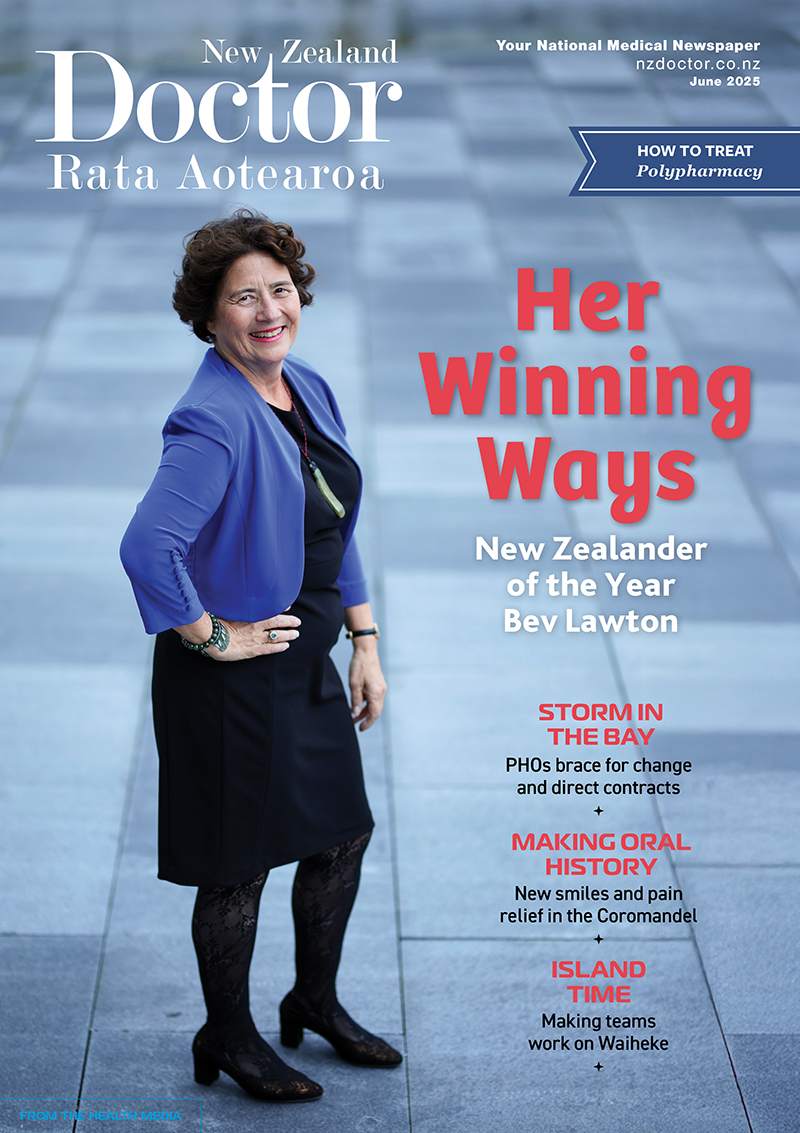For older people and frail people, the long-term benefit of medicines reduces and the potential for harm from adverse effects increases. When the benefit–risk balance changes in this way, medicine review and optimisation are important to simplify the therapeutic regimen, reduce inappropriate medicines and minimise risks. In this article, pharmacist prescriber Linda Bryant uses two case studies to illustrate important considerations during medicine reviews
Spinal cord injury’s cruel irony: Loss of function, influx of pain
Spinal cord injury’s cruel irony: Loss of function, influx of pain

We are on our summer break and the editorial office is closed until 13 January. We hope you enjoy this article which is part of Summer Hiatus, an eclectic mix from our news and clinical archives throughout the year, The Conversation and other publications we share content with. Please note the comment function has been turned off while we are away. Happy reading
Kia ora and welcome to New Zealand Doctor Rata Aotearoa
Not a subscriber? Unlock this article by subscribing here.
Hadjipavlou G, Cortese A M, Ramaswamy B. Spinal cord injury and chronic pain. BJA Education 2016; 16: 264–268.
Reck T, Landmann G. Successful spinal cord stimulation for neuropathic below-level spinal cord injury pain following complete paraplegia: a case report. Spinal Cord Series and Cases 2017;3 doi: 10.1038/scsandc.2017.49
Fregni F, Boggio P, Lima M et al. A sham-controlled, phase II trial of transcranial direct current stimulation for the treatment of central pain in traumatic spinal cord injury. PAIN 2006; 122: 197–209.
Dones I, Levi V. Spinal cord stimulation for neuropathic pain: current trends and future applications. Brain Sciences 2018;8 doi: 10.3390/brainsci8080138



